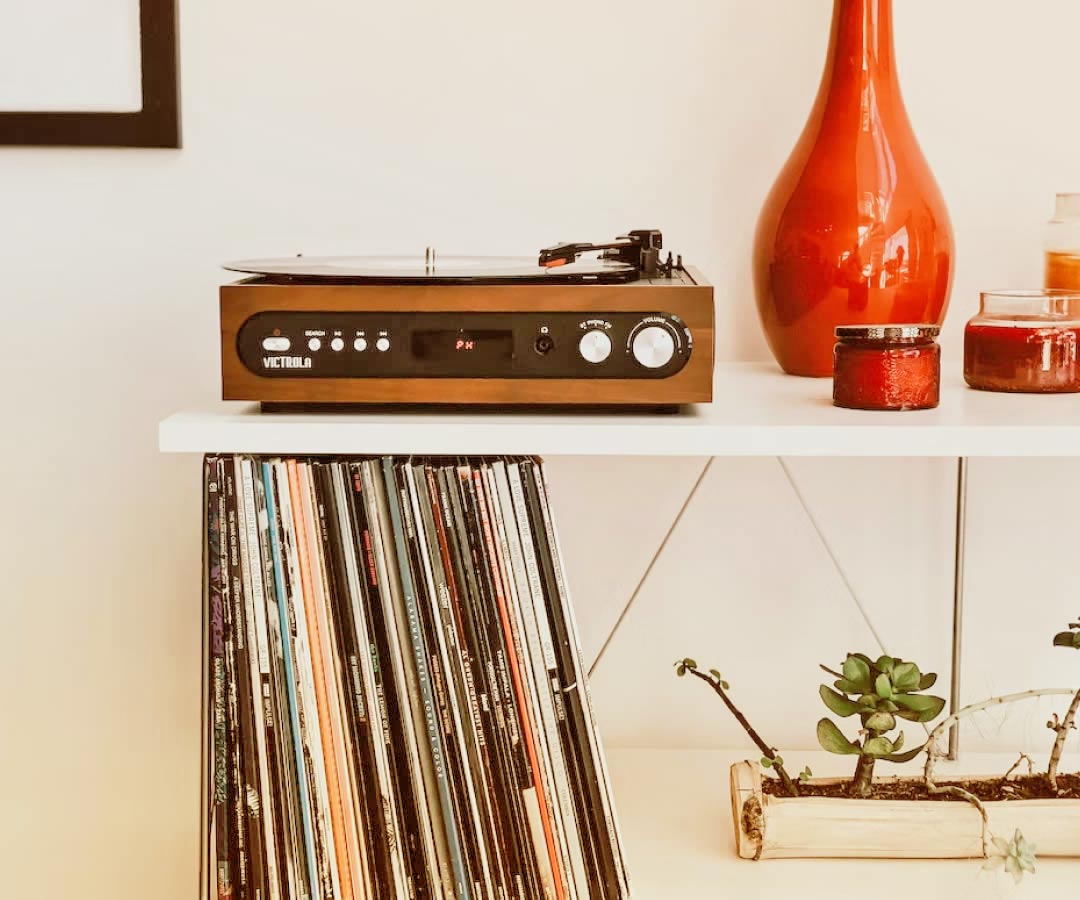A Guide to Enhancing User Experience
In the world of web design, layout plays a crucial role in creating a positive user experience. A well-thought-out layout can guide visitors through your website, making it easy for them to find what they’re looking for and stay engaged. On the other hand, a poorly designed layout can lead to confusion and frustration, driving users away. In this blog post, we’ll explore the importance of layout in web design and provide tips on how to make smart layout choices that enhance user experience.
Understanding the Purpose of Layout in Web Design
Before diving into the specifics of layout, it’s essential to understand its purpose. The primary goal of a website’s layout is to:
1. Organize content in a logical and intuitive way
2. Guide users through the website with ease
3. Create a visual hierarchy that draws attention to important elements
4. Enhance readability and usability
Key Layout Considerations for Enhancing User Experience
1. Clear Navigation: Make it easy for users to find what they’re looking for by placing navigation in a prominent and consistent location.
2. Visual Hierarchy: Use size, color, and positioning to create a visual hierarchy that draws attention to critical elements.
3. Balance and Contrast: Balance layout elements and use contrast to create visual interest and guide users through the website.
4. Responsiveness: Ensure your layout adapts to various screen sizes and devices for optimal user experience.
5. White Space: Strategically use white space to improve readability and create a clean, uncluttered design.
6. Content Prioritization: Place the most important content in the most visible areas of the layout.
7. Consistency: Establish a consistent layout structure throughout the website to enhance user familiarity.
Best Practices for Common Layout Types
1. Grid Layout: Use a grid system to create a cohesive and organized layout, ideal for showcasing multiple pieces of content.
2. F-Pattern Layout: Design for the natural reading behavior of users, with important elements in the top-left and bottom-right corners.
3. Hero Layout: Use a prominent hero section to grab attention and guide users towards the main content.
4. Card-Based Layout: Utilize cards to present information in a concise and visually appealing way, ideal for content-heavy websites.
5. Single-Page Layout: Design a scrolling layout that guides users through a story or narrative, perfect for storytelling or portfolio websites.
Conclusion
In conclusion, layout plays a vital role in creating a positive user experience in web design. By understanding the purpose of layout and following key considerations and best practices, you can design a website that guides users through your content with ease. Remember to prioritize clear navigation, visual hierarchy, balance, and responsiveness to create a layout that enhances user experience and drives engagement.
Making smart layout choices in web design
A Guide to Enhancing User Experience
How to best manage the customer experience
Managing the customer experience is crucial for businesses to build strong relationships with their customers and drive long-term success. Here are some key strategies for best managing the customer experience:





